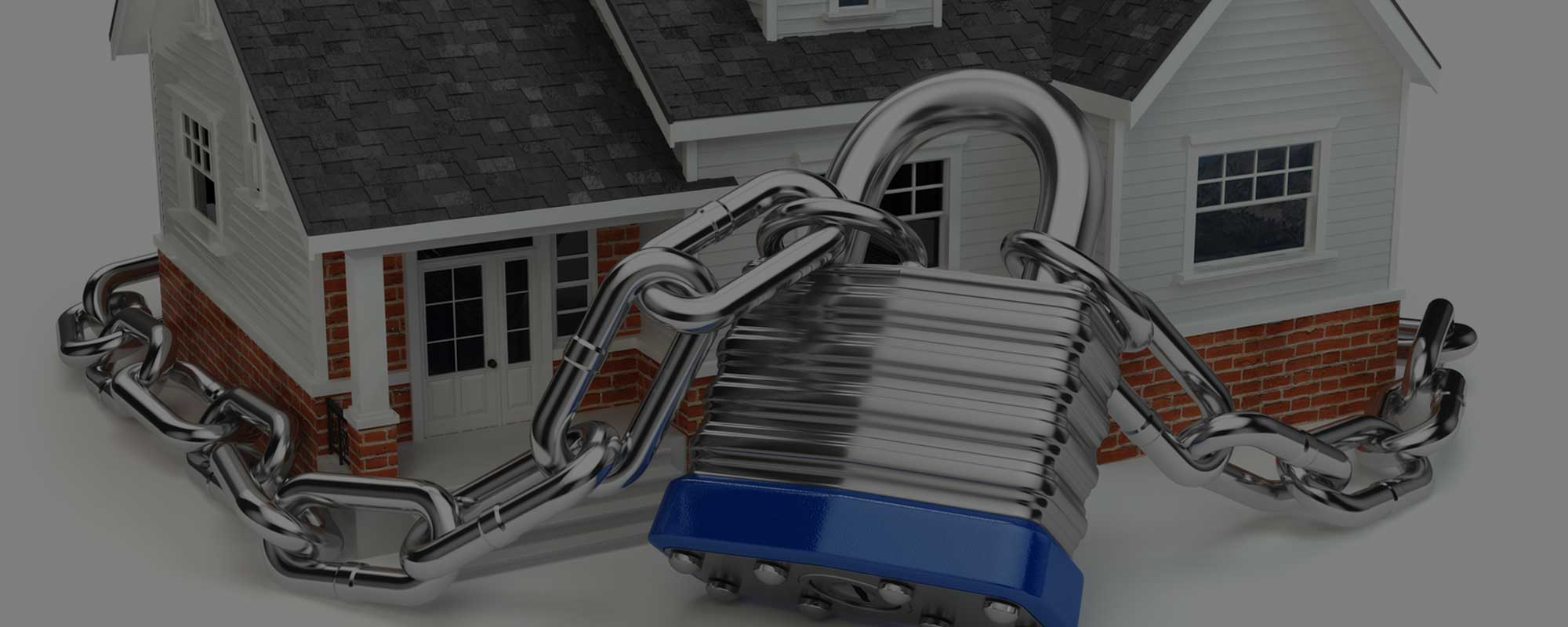The family home (and its equity) is often one of the most valuable assets you will own. Moreover, many homeowners have seen the value of their homes increase significantly during recent years, potentially putting even more equity in a liability-vulnerable position. In this article, we will discuss the types of risks that can threaten your home and home equity and offer strategies and tools that can be used to protect these valuable assets.
“Inside Risks” | Use Insurance
“Inside risks” threaten the home because of potential liability created by the home itself. This would encompass injuries on the property, such as slip/falls, pool accidents, and even liability for guests drinking at the home and then driving (including guests of teenage or college-age children). While these risks are rare, they can be significant in terms of potential liability.
The best way to shield the home (and other assets) from inside risks is to use insurance – specifically, homeowners and umbrella coverages. Homeowners insurance will often be required by lenders if one has a mortgage on the property, but minimum required coverage amounts may not be adequate for sufficient protection. Umbrella coverage should also be considered essential, even if not required by lenders. Given its low cost (millions of dollars of coverage can often be obtained for around$1,000 annually), umbrella coverage is an efficient asset protector. One should be sure that the terms of the umbrella policy “fit” with homeowners and auto policies, so there is no gap in coverage.
“Outside Risks” | Use state exemptions, co-ownership and legal tools
“Outside risks” to the home are potential claims against an individual (or spouse) for any reason. These types of risks are typically more common and can include potential claims for professional malpractice, auto accidents and contractual liability or claims arising from personal guarantees. There are several tools to shield the home and its equity from these types of potential claims:
- State Homestead Law
Every state has some type of homestead protection law which says that some amount of home equity is “exempt” from lawsuits and creditor claims. In a few states, homestead laws protect an unlimited value, although there may be some geographic limitations (Texas and Florida are examples). In those states, residents need only to confirm that their home qualifies, and their home equity is fully protected.
However, in most states, including Illinois, New York, and California, the value that homestead rules protect is very low when compared to what real estate is worth. On average, state homestead laws protect less than $100,000 of equity—typically much less than the value of most homes owned by high-net-worth individuals. In those states, additional protection options must be examined.
- Tenancy by the Entirety
Often described as a “quasi-exempt” asset class, tenancy by the entirety (TBE) is a form of joint ownership for married couples that is available in several states. In essence, in the states that protect real estate well through TBE, the home will not be subject to any claims against one spouse. This can be very valuable to a married couple when one spouse has significant exposure and the other does not. Inherent in TBE, however, are some limitations, including providing no protection for joint risks.
- Trusts
There are many types of trusts that can be extremely valuable in asset protection planning. When shielding a home, the two most popular are a domestic asset protection trust (DAPT) in states that allow them and a qualified personal residence trust (QPRT) in all states.
About 20 states, including Ohio, Connecticut, and Nevada, have adopted DAPT legislation. In these states, an individual can set up an irrevocable trust and be a beneficiary of the trust. When there is no lawsuit concern, the owner can access the trust assets as the beneficiary but if they have lawsuit claimants pursuing them, the trust can be written so that the trustee cannot make distributions to you as you are “under duress.” Because there are no distributions, a DAPT can protect the home extremely well. Additionally, the DAPT can be set up as a “grantor trust,” which means the trust is treated for tax purposes as if it were owned by the homeowner.
For these reasons, one must use experienced legal advisors when implementing both DAPTs and QPRTs.
- Debt Shields
In states where homestead, TBE and trusts are not viable options, a debt shield can be an effective way to shield the equity of a home. Essentially, a debt shield means a loan against the equity in the home. For many homeowners, this is counterintuitive, because they want to pay down the mortgage as much as possible.
In some cases, using a debt shield does not require a new loan on the home. Rather, it may mean implementing a strategy of not paying the mortgage down more quickly than is required. The decision on whether (or to what extent) to pay down an existing mortgage can be examined from the asset protection perspective (could the funds be invested in another better-protected asset?) and the wealth accumulation perspective (could the funds be invested in another better-performing asset?). When getting a new loan is involved, the same analysis can be used.
From an asset protection perspective, the homeowner can simply use the debt shield to move the equity from the vulnerable asset (the home) to a better-protected asset. From an economic perspective, the decision process is to consider whether the cost of the equity move (the after-tax interest cost) is higher or lower than the return that the asset ultimately purchased with the loan proceeds can generate, along with the “safety” of the asset in which you are investing.
Conclusion
For many, there is no more financially valuable and emotionally important asset than the family residence. Some states offer great homestead protection, but most provide an inadequate shield. Additional options to consider include TBE, trusts, and debt shield strategies.

